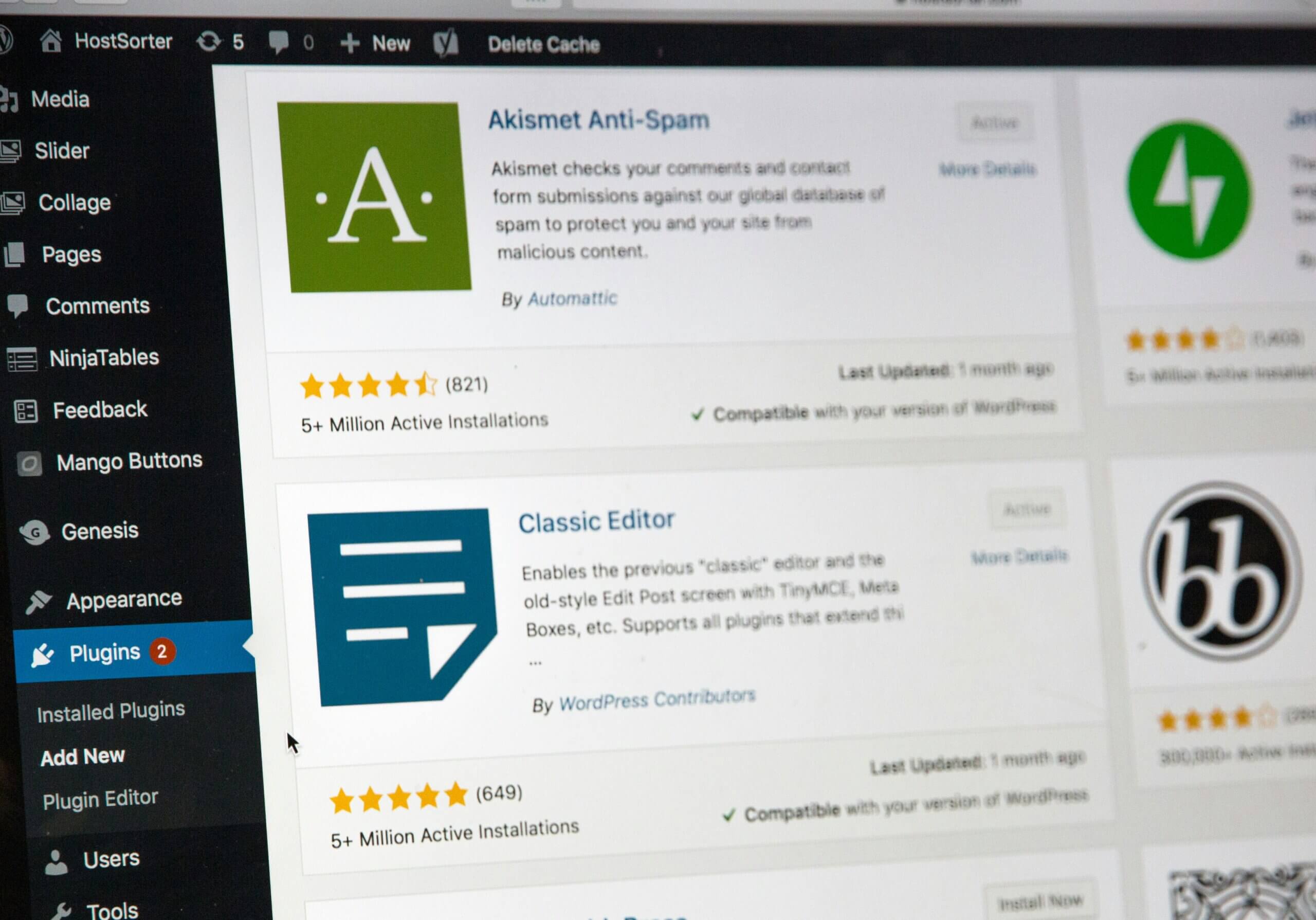Imagine having a brilliant intern at your disposal, one with an incredible memory and lightning-fast information processing skills. Now, picture this intern working tirelessly to help streamline your business operations, generate creative ideas, and tackle time-consuming tasks. Sounds too good to be true? Welcome to the world of AI prompts for service-based businesses.
As AI continues to reshape the business landscape, many service-based business owners find themselves at a crossroads. They’ve heard the buzz about AI’s potential but feel overwhelmed by the prospect of integrating it into their operations. If this resonates with you, you’re in the right place. This guide will demystify AI prompts and show you how they can become your secret weapon in boosting productivity and creativity.
Understanding AI: Your Digital Assistant
Before we dive into the nitty-gritty of AI prompts, let’s clear up some common misconceptions. AI, particularly large language models (LLMs) like ChatGPT, Claude, or Perplexity, isn’t a magic wand that solves all your business problems. Instead, think of it as a highly capable digital assistant.
This assistant has access to vast amounts of information but is limited to what it has been trained on. It can’t access your personal accounts, your email, real-time data, or perform actions in the real world. For instance, it can’t organize your Gmail inbox or unsubscribe you from spam. However, it can help draft emails, generate ideas, and process documents and data based on what you provide.
How can AI prompts streamline my service-based business operations?
AI prompts can revolutionize service-based business operations by automating time-consuming tasks and enhancing creative processes. By leveraging AI for content creation, customer service preparation, and data analysis, businesses can save significant time and resources, allowing them to focus on strategic growth and client relationships. Here are a few ways that AI is changing the landscape of business:
- Tasks that once took hours or even days can now be initiated in minutes. For example, creating a customer profile that previously required weeks of surveys and data analysis can now be generated quickly with AI, leaving you to refine it with your expertise.
- AI can help generate ideas for content, marketing strategies, and problem-solving, giving you a broader range of options to consider.
- While AI can’t directly interact with your customers, it can help you draft responses, create FAQs, and develop sales scripts.
- AI can quickly process large amounts of data you provide, offering insights that can inform your business decisions.

The key is to understand that AI amplifies your efforts rather than replacing your skills. It’s a tool that needs your guidance and expertise to be truly effective.
Choosing the Right AI Model for Your Business
When it comes to AI models, it’s not one-size-fits-all. Different models excel at different tasks. Let’s look at three popular options:
- ChatGPT (OpenAI): Best for general writing, coding help, creative brainstorming, and problem-solving. Its versatility makes it a great all-rounder for small businesses.
- Claude (Anthropic): Excels in detailed analysis and ethical considerations. It’s particularly strong in handling complex instructions and performing well on academic and professional tasks.
- Perplexity: Best for up-to-date research and fact-checking. It integrates real-time web data with its language model capabilities, making it a leading research tool.
Understanding these differences can help you choose the right tool for each task, maximizing your efficiency and the quality of your AI-assisted work.
What’s the best way to craft effective AI prompts for content creation?
Crafting effective AI prompts for content creation involves a four-step process: specifying the role, providing background, asking specific questions, and requesting the desired output format. This structured approach ensures that the AI generates tailored, high-quality content that aligns with your business needs and brand voice.
Crafting effective AI prompts is an art, but with practice, you’ll master it quickly. Here’s the simple process to get you started:
- Tell the AI what kind of expert you need. For example, “Act as a professional copywriter specializing in B2B marketing.”
- Give context about your business, target audience, or specific project. The more details you provide, the more tailored the response will be.
- Instead of vague requests, be precise. For instance, rather than asking to “write a blog post,” try “Write a 500-word blog post on the benefits of AI for small businesses, focusing on improved efficiency and cost savings.”
- Specify how you want the information presented. This could be a bullet-point list, a structured article with subheadings, or even a script for a video.
Remember, if you don’t get what you need the first time, that’s okay. Adjust your prompt, add more details, or break down your request into smaller parts. Your skill in crafting prompts is what will unlock AI’s true potential for your business.
Integrating AI Prompts into Your Workflow
Now that you understand the basics, let’s talk about integrating AI prompts into your daily business operations. Start small and gradually expand as you become more comfortable with the technology. Here are some areas where AI can make an immediate impact:
- Use AI to generate ideas for blog posts, social media content, and email newsletters. It can help you overcome writer’s block and ensure a consistent content schedule.
- While AI can’t directly handle customer inquiries, it can help you draft responses, create FAQs, and develop customer service scripts.
- Use AI to analyze trends, gather competitor information, and generate customer insights based on the data you provide.
- AI can help prioritize your to-do list, suggest optimal schedules, and even draft meeting agendas.
- Leverage AI for basic budgeting, expense tracking, and financial forecasting based on the information you input.
How can I balance AI assistance with maintaining my brand’s unique voice?
To effectively balance AI assistance with your brand’s unique voice, it’s crucial to start by drafting a comprehensive branding kit. This kit should encapsulate your brand’s identity, voice, and key messaging. Once you have this kit, you can attach the information to a thread and instruct the AI to use this branding kit as the foundation for all prompts throughout the chat. This approach ensures that AI-generated content aligns with your brand’s goals and personality from the outset. By doing so, you can refine the AI outputs with your expertise, maintaining your brand’s integrity while leveraging AI’s efficiency.
This is a common concern among business owners, and it’s a valid one. While AI can generate content quickly, it’s crucial to maintain your brand’s unique voice and personality. Here’s how:
- Let AI generate initial drafts or ideas, but always review and refine the output to align with your brand voice.
- When crafting prompts, include information about your brand’s tone, style, and key messaging. This helps the AI generate more on-brand content.
- Use AI for research and initial drafts, then add your personal touch, industry expertise, and brand-specific insights.
- Continuously monitor the AI-generated content and refine your prompts to better capture your brand voice over time.
Remember, AI is a tool to enhance your work, not replace your unique perspective and expertise. Your knowledge of your customers and industry is what makes the final content truly resonate.

What are the potential ROI and time-saving benefits of implementing AI prompts?
Implementing AI prompts can lead to substantial ROI and time-saving benefits, with businesses reporting 20-30% time savings on routine tasks and significant increases in productivity.
These benefits include faster content creation, improved customer service preparation, enhanced decision-making through data analysis, and potential cost reductions through task automation. Here are some potential benefits:
- Many businesses report saving 20-30% of their time on tasks like content creation, customer service preparation, and data analysis. This freed-up time can be reinvested in strategic planning and business growth.
- AI can help you produce more content, prepare responses to more customer inquiries, and process more data in less time. This can lead to a significant increase in overall output.
- By automating routine tasks, you can reduce the need for additional staff or outsourcing, leading to significant cost savings.
- Faster response preparation times and more personalized interactions can lead to higher customer satisfaction and loyalty.
- AI-driven insights can help you make more informed business decisions, potentially leading to increased revenue and profitability.
Measuring Success and ROI
As with any business investment, it’s crucial to measure the impact of implementing AI prompts in your operations. Here are some key performance indicators (KPIs) to track:
- Time saved on routine tasks
- Increase in content output
- Improvement in response preparation times
- Growth in engagement rates for AI-assisted content
- Cost savings from automated processes
Your AI Journey Begins Now
As we wrap up this guide, remember that integrating AI into your service-based business is a journey, not a destination. Start small, experiment with different prompts and AI models, and gradually expand your use as you become more comfortable with the technology.
The businesses that will thrive in the coming years are those that can effectively blend human expertise with AI capabilities. By mastering AI prompts, you’re not just keeping up with technology – you’re positioning your business for future success.
Ready to take the first step? Here’s a simple action plan to get you started:
- Choose one area of your business where you feel AI could make an immediate impact.
- Craft a prompt using the four-step process we discussed.
- Test the prompt with one of the AI models we explored.
- Refine and iterate based on the results.
- Share with your team
Remember, every interaction with AI is an opportunity to learn and improve. Embrace the process, stay curious, and watch as AI transforms your business operations. The future of service-based businesses is here, and it’s powered by AI.



